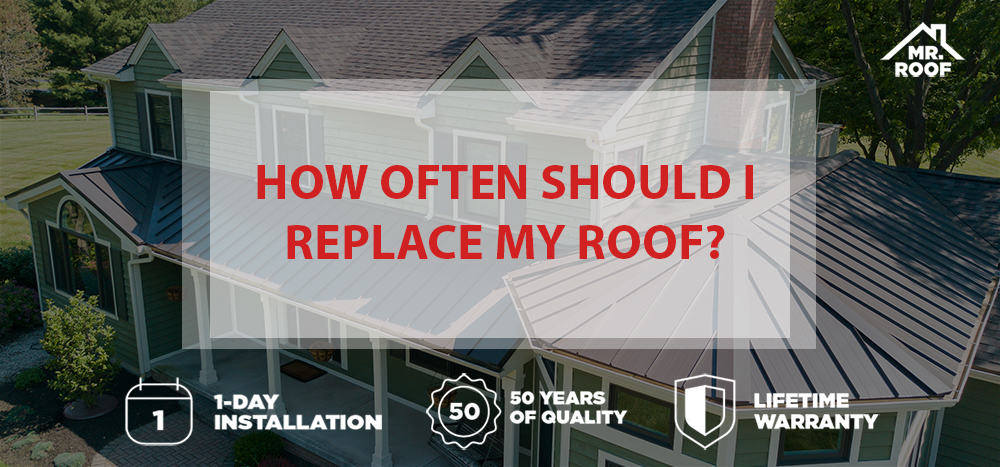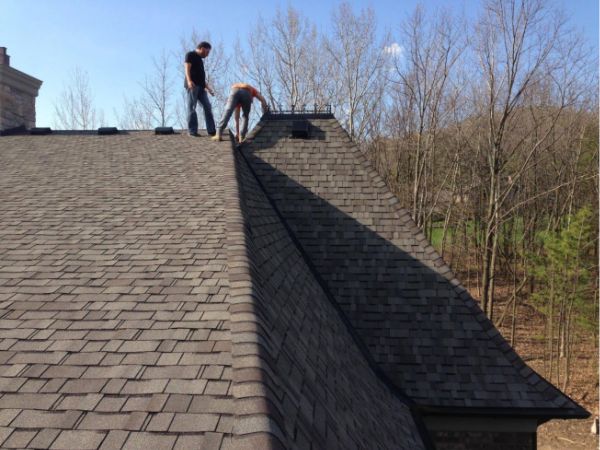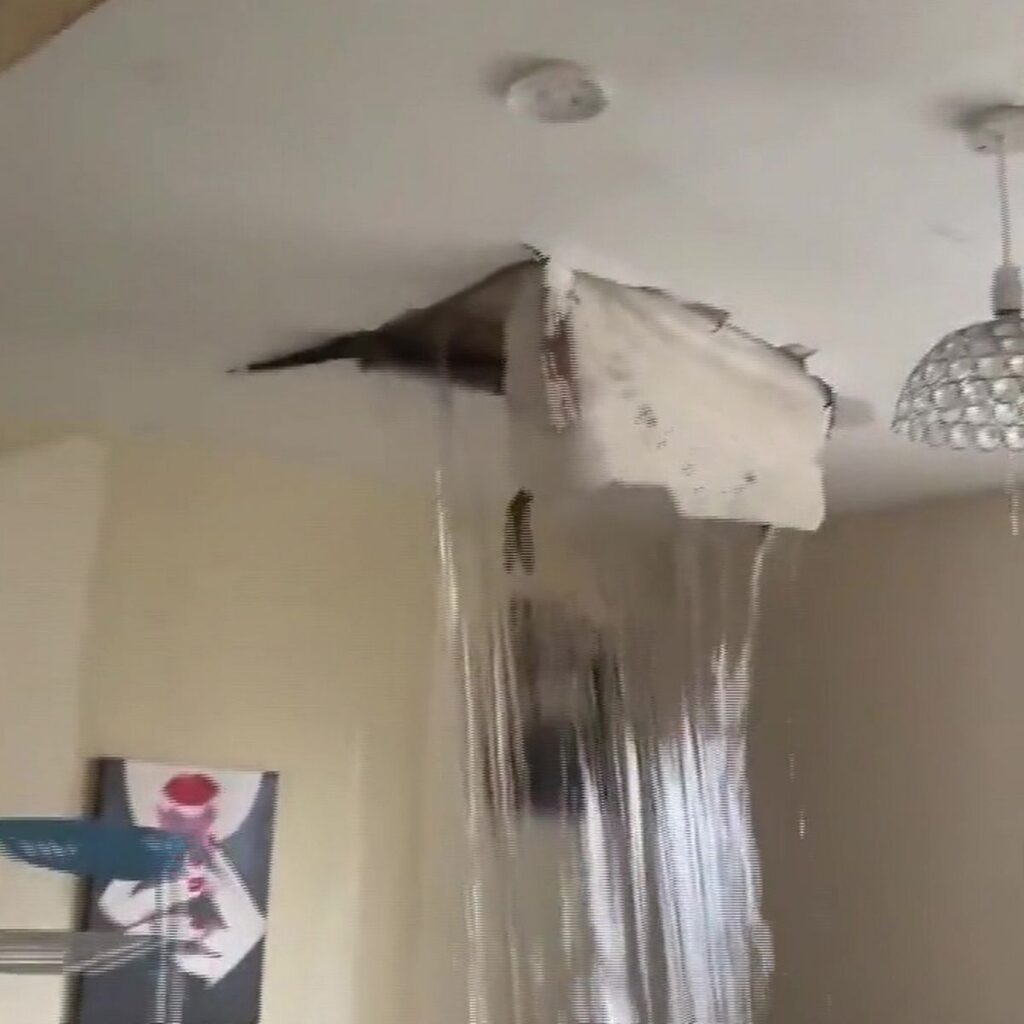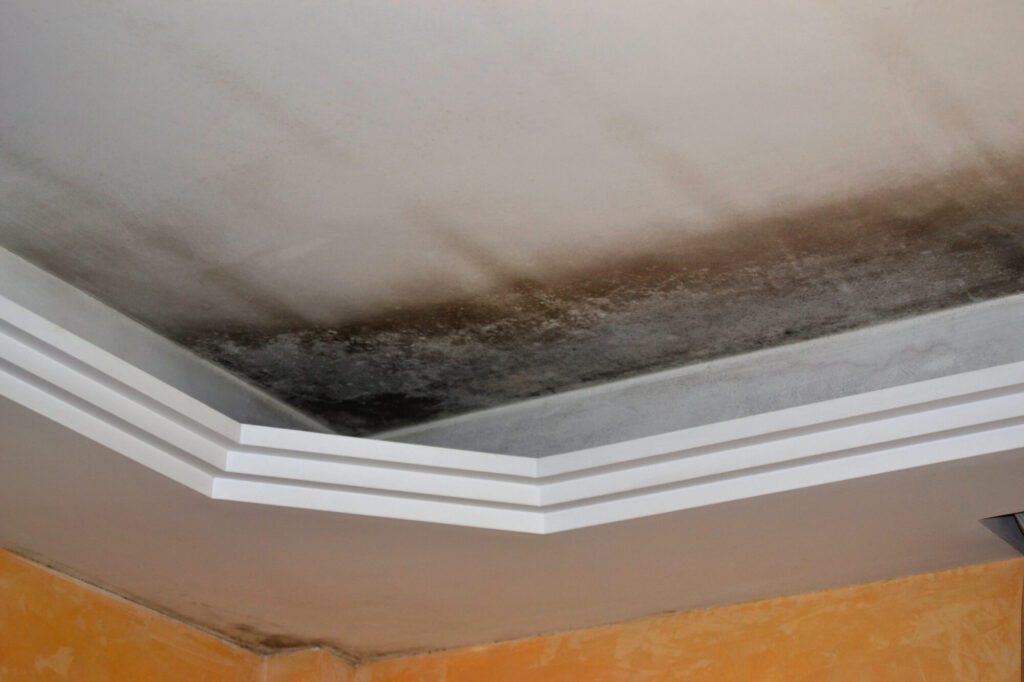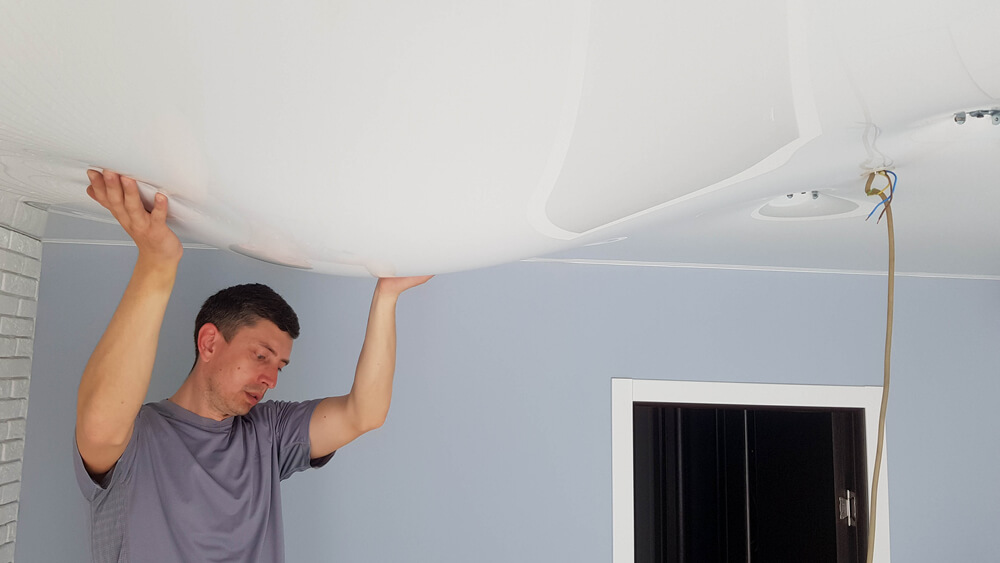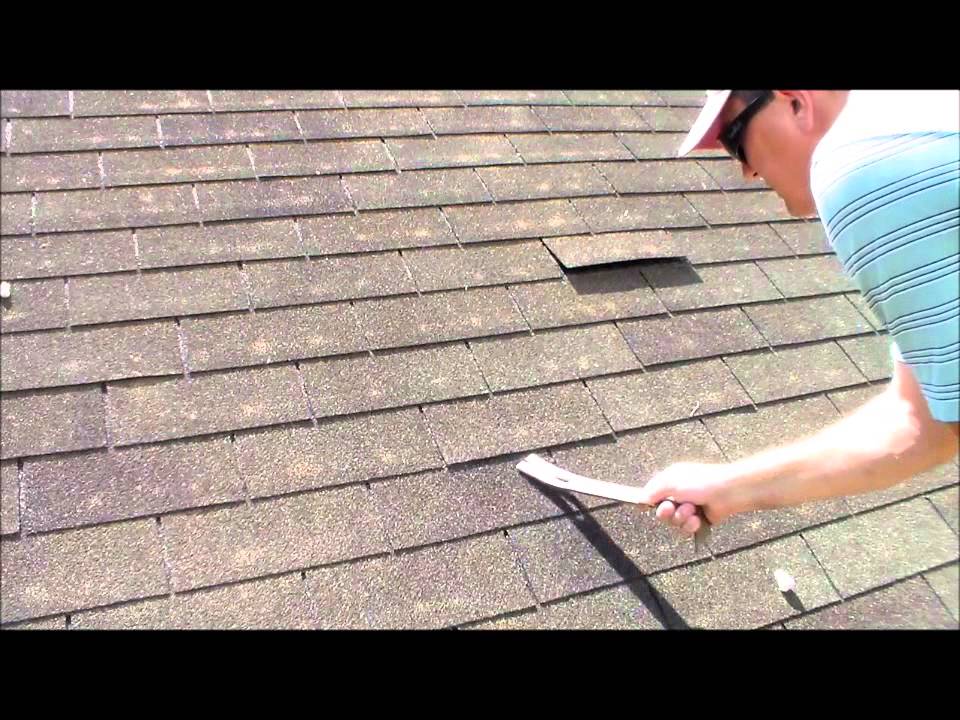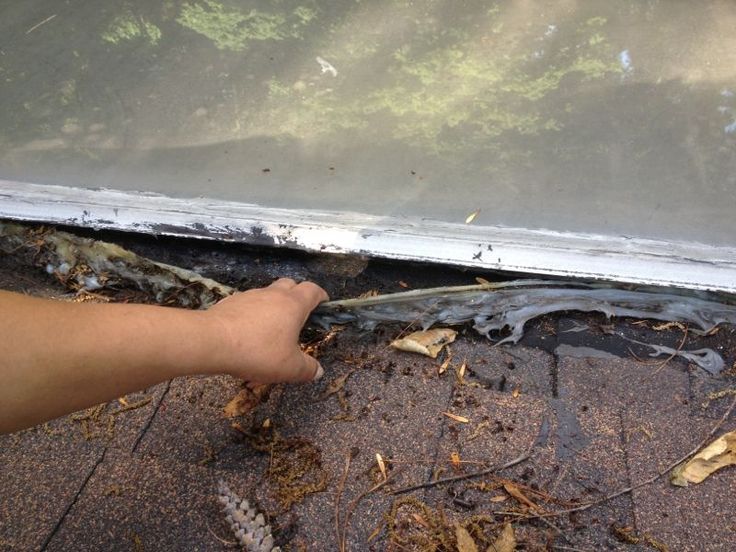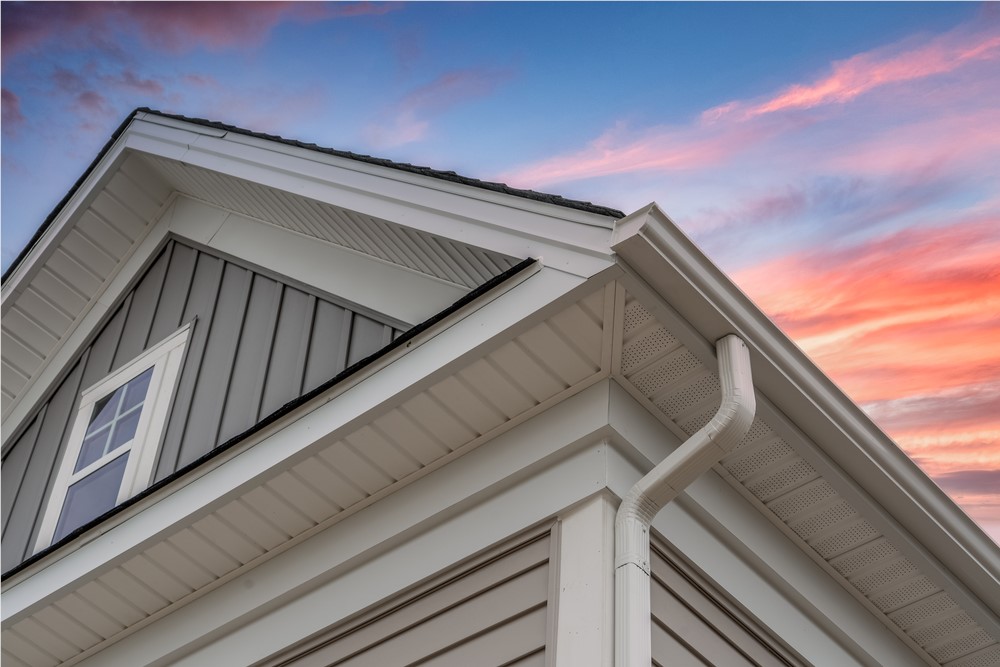Have you ever wondered how often you should replace the roof of your house? It’s a common question that homeowners often find themselves asking. A sturdy and well-maintained roof is crucial for protecting your home from the elements, but knowing when it’s time for a replacement can be a daunting task. In this article, we will explore the factors that determine the lifespan of a roof and provide you with some helpful guidelines to ensure your roof remains in top condition. So, if you’re curious about how often you should replace your roof, keep reading to find out more!
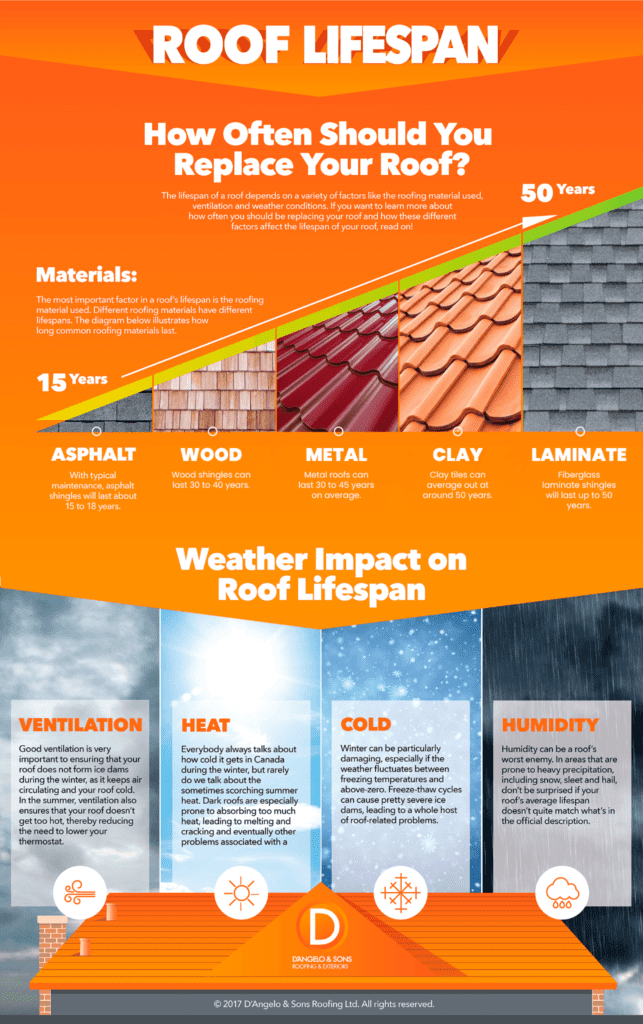

The lifespan of different roofing materials
When it comes to choosing the right roofing material for your home, it’s important to consider the lifespan of each option. Different roofing materials have varying lifespans, and understanding these lifespans can help you make an informed decision. Here are some common roofing materials and their average lifespans:
Asphalt shingles
Asphalt shingles are one of the most popular roofing materials, largely due to their affordability. These shingles typically have a lifespan of 20 to 30 years. However, the lifespan can vary depending on factors such as the quality of the shingles and the climate in which they are installed. Despite their relatively shorter lifespan compared to other materials, asphalt shingles are a cost-effective choice for many homeowners.
Wood shingles
Wood shingles have a warm, natural look that appeals to many homeowners. However, they do require regular maintenance and have a lifespan of 20 to 25 years. Proper maintenance, such as regular inspections and treating the wood for rot and pests, can help prolong their lifespan. It’s important to note that wood shingles may be more susceptible to damage from extreme weather conditions and fire, making them less ideal for certain climates.
Metal roofing
Metal roofing is known for its durability and longevity. With a lifespan of 40 to 80 years, metal roofs can outlast many other roofing materials. They are resistant to weather damage, such as wind and hail, and can also help with energy efficiency. Metal roofs come in various styles and finishes, making them a versatile option for homeowners. While metal roofing may have a higher upfront cost, the long lifespan and energy-saving benefits make it a worthwhile investment.
Tile roofing
Tile roofing is a popular choice in areas with a warm climate, as it helps keep homes cool. With a lifespan of 50 to 100 years, tile roofs can last several decades longer than other roofing materials. They are resistant to rot, insects, and fire, making them a durable and long-lasting option. However, tile roofs can be heavier than other materials, so it’s important to ensure that your home’s structure can support the weight.
Slate roofing
Slate roofing is known for its elegance and durability. With a lifespan of 60 to 150 years, slate roofs are incredibly long-lasting. They are resistant to fire, rot, and pests, making them a low-maintenance option. However, slate roofing can be more expensive upfront and may require a professional installation due to its weight and fragility. If properly installed and maintained, a slate roof can last for generations.
Signs that indicate the need for roof replacement
Even with regular maintenance, there may come a time when your roof needs to be replaced. It’s important to be aware of the signs that indicate it’s time for a roof replacement. Here are some key signs to look out for:
Age of the roof
The age of your roof is one of the most important factors to consider when determining if it needs to be replaced. Most roofing materials have an average lifespan, as mentioned earlier, and if your roof is approaching or has exceeded that timeframe, it may be time for a replacement. Keep in mind that factors such as climate and maintenance can also impact the lifespan of your roof.
Curling or buckling shingles
When shingles start to curl or buckle, it’s a clear sign of wear and tear. This can occur due to age, improper installation, or exposure to extreme weather conditions. Curling or buckling shingles can compromise the integrity of your roof and lead to leaks and further damage. If you notice these signs, it’s best to have a professional inspect your roof and determine if a replacement is necessary.
Missing or damaged shingles
Missing or damaged shingles can leave your roof vulnerable to leaks and water damage. Shingles may become loose or fall off due to strong winds, heavy rains, or age-related deterioration. If you notice any missing or damaged shingles, it’s important to have them replaced promptly to prevent further damage to your roof and your home.
Visible leaks or water damage
If you notice water stains on your ceiling or walls, it’s a clear indication that your roof has a leak. While small leaks can sometimes be repaired, if the damage is extensive or if you’re experiencing recurring leaks, it may be time for a roof replacement. Ignoring leaks can lead to more severe issues, such as mold growth and structural damage.
Moss or algae growth
The growth of moss or algae on your roof may not necessarily indicate the need for a replacement, but it is a sign of underlying issues. Moss and algae thrive in moist environments, which can be a result of poor drainage or excessive shade. While removing the moss or algae can help restore the appearance of your roof, it’s important to address the underlying issues to prevent further growth and potential damage.
Factors affecting the lifespan of a roof
The lifespan of a roof is influenced by various factors, some of which are within your control, while others are not. Understanding these factors can help you take proactive steps to prolong the lifespan of your roof. Here are some key factors to consider:
Climate
The climate in which your home is located plays a significant role in the lifespan of your roof. Extreme weather conditions, such as high winds, heavy rain, snow, and hail, can cause accelerated wear and tear. For example, asphalt shingles may be more prone to damage in areas with frequent hailstorms. Likewise, wood shingles may rot faster in humid climates. Understanding the specific challenges posed by your climate can help you choose a roofing material that is better suited to withstand those conditions.
Maintenance
Regular maintenance is essential to extending the lifespan of your roof. This includes periodic inspections, cleaning, and addressing any issues promptly. Regular inspections allow you to identify and address minor problems before they escalate into major repairs or replacements. Cleaning your roof helps remove debris, moss, and algae that can contribute to damage over time. Properly maintaining your roof can significantly prolong its lifespan and minimize the likelihood of unexpected repairs or replacements.
Installation quality
The quality of the installation can impact the lifespan of your roof. Improper installation can lead to various issues, such as leaks, poor ventilation, and premature wear and tear. It’s important to hire a professional roofing contractor with experience and expertise in installing the specific roofing material you choose. A quality installation ensures that your roof performs optimally and has a longer lifespan.
Ventilation
Proper ventilation is crucial for the health of your roof. It helps regulate temperature and moisture levels, preventing the accumulation of heat and humidity that can lead to damage. Improper ventilation can result in moisture buildup, which can cause shingles to deteriorate and mold to thrive. It’s important to ensure that your attic or roof space has sufficient ventilation to promote airflow and preserve the integrity of your roof.
Roofing maintenance tips to prolong the lifespan
Taking proactive steps to maintain your roof can significantly extend its lifespan and reduce the likelihood of premature replacement. Here are some essential maintenance tips to consider:
Regular inspections
Schedule regular roof inspections to identify and address any issues before they become major problems. Inspections should be performed by a professional who can identify signs of damage, leaks, or wear and tear. It’s recommended to have your roof inspected at least once a year, preferably in the spring or fall, to catch any potential issues early on.
Cleaning gutters
Clean your gutters regularly to prevent clogs that can lead to water backup and damage to your roof. Clogged gutters can cause water to pool on your roof, leading to leaks and damage. Remove leaves, debris, and any blockages to ensure that your gutters can effectively channel water away from your roof and home.
Preventing ice dams
In colder climates, ice dams can form on the edge of your roof, preventing proper drainage. This can lead to water backup and potential leaks. To prevent ice dams, ensure that your attic or roof space is properly insulated and ventilated. Additionally, removing snow buildup from your roof can help prevent the formation of ice dams.
Trimming overhanging trees
Overhanging tree branches can pose a risk to your roof, especially during storms or high winds. Falling branches can cause damage to shingles or even puncture your roof. Regularly trim back any branches that are in close proximity to your roof to minimize the risk of damage.
Removing debris
Remove any debris, such as leaves, twigs, or branches, that accumulate on your roof. Debris can trap moisture, leading to rot and the growth of moss or algae. Regularly cleaning your roof of debris helps maintain its integrity and prevents potential damage.
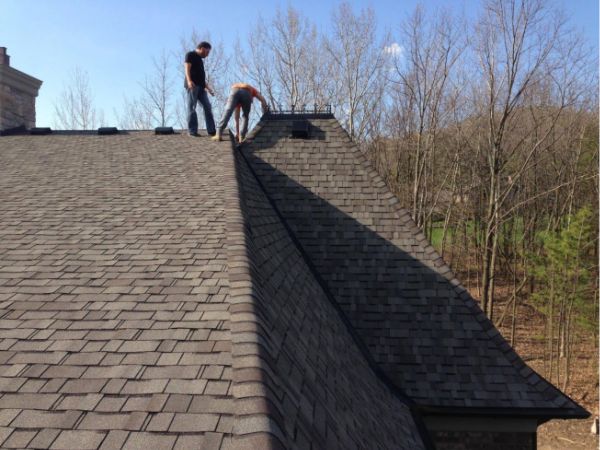

Different roof replacement options
When it’s time for a roof replacement, you have several options to consider. The choice depends on factors such as your budget, the condition of your current roof, and your personal preferences. Here are three common roof replacement options:
Complete tear-off and replacement
A complete tear-off and replacement involves removing the existing roof down to the decking and installing a new roof. This option provides a fresh start and allows for any underlying issues to be addressed. While it may be more expensive and time-consuming, a complete tear-off and replacement can ensure a longer-lasting and higher-quality roof.
Overlay or re-roofing
Overlay or re-roofing involves installing new shingles or roofing material over the existing roof. This option is less expensive and faster than a complete tear-off and replacement. However, it’s important to note that re-roofing can only be done if the existing roof is in good condition and meets certain criteria. Installing new shingles over a damaged or compromised roof can lead to further issues down the line.
DIY vs. hiring a professional
When it comes to roof replacement, you have the option to do it yourself or hire a professional contractor. While a DIY approach may save you money on labor costs, it requires a certain level of skill, experience, and safety precautions. Roofing can be a dangerous task, and improper installation can result in leaks and other issues. Hiring a professional ensures that the job is done correctly and safely, saving you potential headaches and costs in the long run.
Common myths about roof replacement
There are some common misconceptions when it comes to roof replacement. Let’s debunk a few of these myths:
You can simply add more layers of shingles
Some people believe that adding more layers of shingles over an existing roof is a quick and cost-effective solution. However, this approach is known as re-roofing or overlay and has its limitations. Building codes typically allow for a maximum of two layers of shingles, and adding more layers can lead to excessive weight and potential structural issues. Additionally, re-roofing does not address any underlying issues or damage to the existing roof.
A leak means a complete roof replacement
While a leak is certainly a cause for concern, it doesn’t always mean that your entire roof needs to be replaced. In some cases, a leak can be repaired if it’s localized and hasn’t caused extensive damage. It’s best to have a professional inspect your roof to determine the extent of the damage and recommend the appropriate course of action.
All roofs have the same lifespan
Each roofing material has its own average lifespan, as mentioned earlier in this article. It’s important to consider these lifespans when choosing a roofing material and when assessing the condition of your roof. Factors such as climate, maintenance, and installation quality can also impact the lifespan of a roof. Understanding the lifespan of your specific roofing material and taking proper care of your roof can help maximize its longevity.
Roofing warranties cover everything
While roofing warranties can provide valuable protection, it’s important to read the fine print and understand what is and isn’t covered. Warranties typically cover defects in materials and workmanship, but they may not cover damage caused by extreme weather events or improper maintenance. It’s essential to review the warranty terms and consult with the roofing manufacturer or contractor if you have any questions.
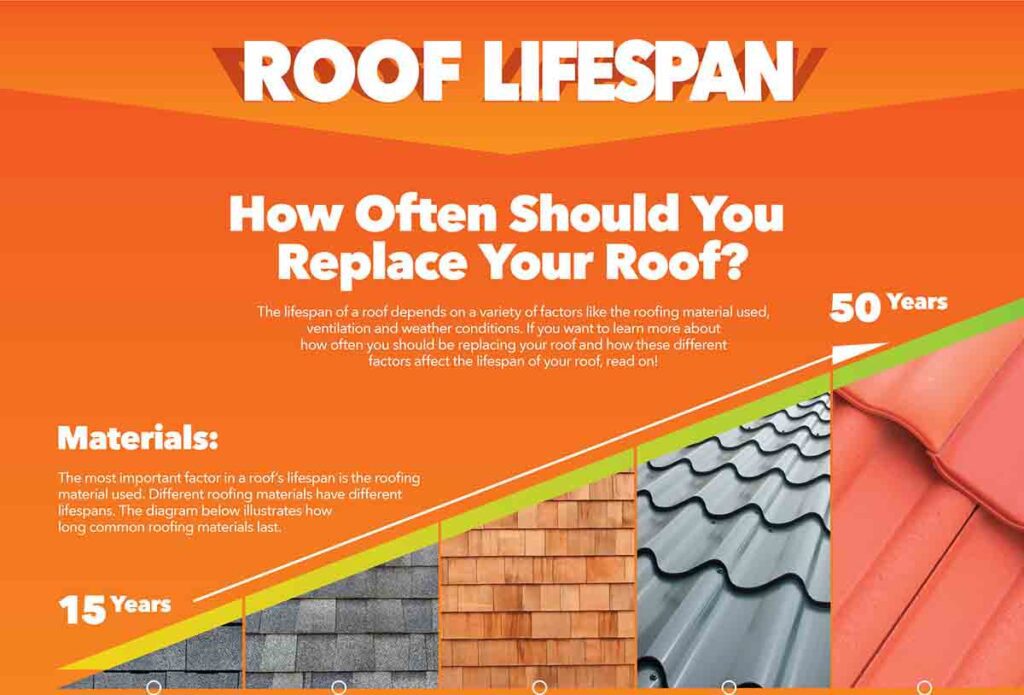

Roof replacement cost factors
The cost of a roof replacement can vary depending on various factors. Here are some key cost factors to consider:
Roof size
The size of your roof is a significant cost factor, as larger roofs require more materials and labor. Reroofing a larger roof will generally cost more compared to a smaller roof.
Roof pitch
The pitch or slope of your roof can impact the complexity of the installation, affecting costs. Roofs with steeper pitches require additional safety precautions and may require extra labor and materials.
Roofing materials
The type of roofing material you choose will have a significant impact on the cost of a roof replacement. Some materials, such as asphalt shingles, are more affordable, while others, like slate or metal, have a higher upfront cost.
Location
The cost of a roof replacement can vary depending on your location. Factors such as local labor rates, permit requirements, and material availability can influence the overall cost.
Additional features
Additional features, such as skylights, chimneys, or multiple peaks and valleys, can add complexity to the installation process. These features may require additional labor and materials, which can increase the overall cost of the roof replacement.
Roof replacement process
Understanding the roof replacement process can help you prepare for what to expect. While the specific steps may vary depending on the roofing contractor and the scope of the project, here is a general outline of the roof replacement process:
Obtain multiple quotes
To ensure you’re getting the best value for your money, obtain multiple quotes from reputable roofing contractors. Compare the quotes, taking into account factors such as materials, warranties, and reputation, to make an informed decision.
Obtain necessary permits
Depending on your location and the extent of the roof replacement, you may need to obtain permits from your local building department. Check with your contractor or local authorities to determine the specific requirements.
Schedule the replacement
Work with your chosen contractor to schedule the roof replacement at a convenient time. Plan for the project to take several days, depending on the size and complexity of the roof.
Prepare the roof
On the scheduled day, the roofing crew will arrive and begin preparing the roof. This may involve removing any obstacles, such as furniture or plants, from the area surrounding the house. They will also take measures to protect your property, such as covering windows and landscaping.
Remove old roof
The next step involves removing the old roof, whether through a complete tear-off or overlay. The roofing crew will carefully remove the old shingles or roofing material, taking care to dispose of it properly.
Install new roofing materials
Once the old roof has been removed, the crew will begin installing the new roofing materials. This typically involves installing a waterproof underlayment, followed by the new shingles or roofing material. The installation process may vary depending on the specific material and manufacturer’s guidelines.
Cleanup and final inspection
After the new roof has been installed, the crew will clean up the work area, removing any debris or materials. They will also conduct a final inspection to ensure that the roof replacement has been done correctly and meets all necessary standards.
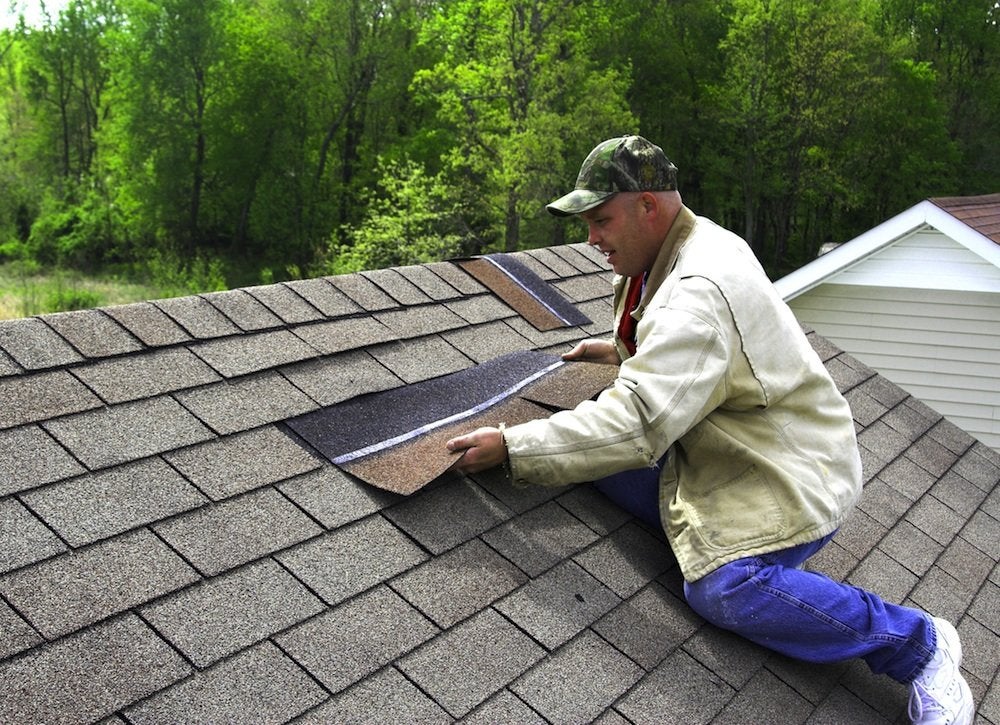

Average lifespan of common roofing materials
While we have already discussed the lifespans of different roofing materials, here is a summary of the average lifespans:
- Asphalt shingles: 20 to 30 years
- Wood shingles: 20 to 25 years
- Metal roofing: 40 to 80 years
- Tile roofing: 50 to 100 years
- Slate roofing: 60 to 150 years
It’s important to keep in mind that these are average lifespans and can vary depending on various factors, as discussed earlier in this article.
Conclusion
Choosing the right roofing material and maintaining your roof properly can significantly extend its lifespan. Understanding the signs that indicate the need for a roof replacement and the factors that affect the lifespan of a roof can help you make informed decisions. By following regular maintenance tips and considering the various roof replacement options, you can ensure the longevity and durability of your roof. Remember to consult with professionals and obtain multiple quotes when it’s time for a roof replacement, and always prioritize safety and quality in the process. With proper care and attention, your roof can protect your home for many years to come.
